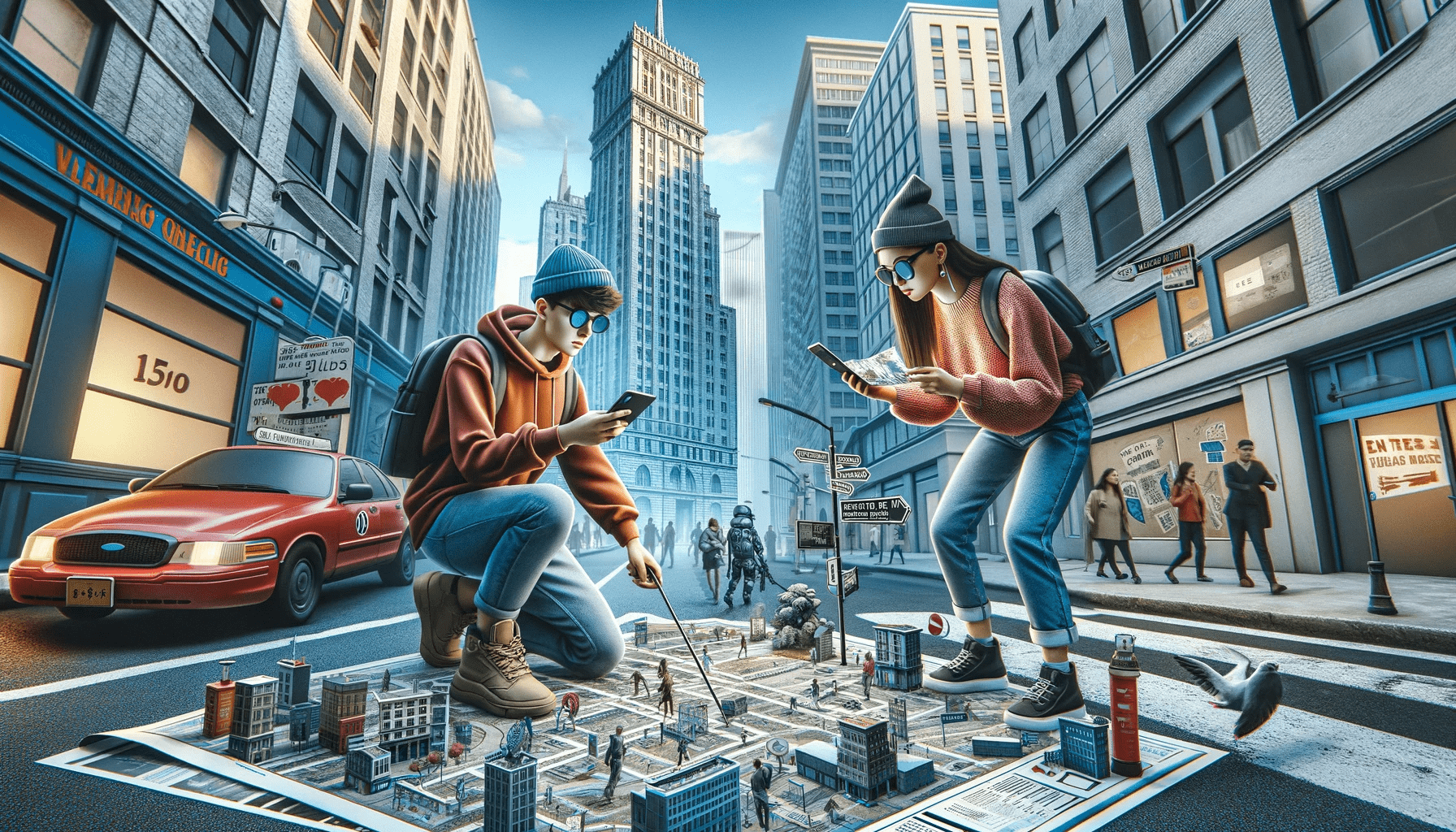Imagine a world where learning about history and art isn’t confined to textbooks or traditional lectures, but is instead an immersive, interactive journey that spans both the digital realm and the physical spaces of museums. This is not a distant future concept; it’s a reality made possible through Alternate Reality Games (ARGs). Museums and educational institutions are uniquely positioned to leverage ARGs to enhance learning experiences, engage audiences in novel ways, and bring history and art to life.
The Magic of ARGs in Education:
ARGs offer an innovative approach to learning by blending real-world artifacts with online puzzles and narratives. These games encourage students to explore, collaborate, and think critically, making learning an active and engaging process. In a classroom setting, ARGs can be used to introduce complex historical events or artistic movements in a way that is both educational and thrilling.
Museums as Immersive Playgrounds:
Museums are treasure troves of stories waiting to be unlocked, and ARGs are the perfect key. By integrating ARGs, museums can transform into interactive playgrounds where visitors are not just observers but active participants in the narratives. An ARG can lead players through a series of clues scattered across different exhibits, encouraging a deeper engagement with the artworks or historical artifacts on display.
Case Study: The Renaissance Riddle:
A great example of this is ‘The Renaissance Riddle’ ARG, designed by a local art museum. The game began with a mysterious letter found in the museum’s main hall, leading players on a quest to uncover a fictional conspiracy involving famous Renaissance artists. Players used their smartphones to follow clues, solve puzzles embedded in the museum’s exhibits, and interact with characters (played by actors) who guided them on their journey.
Benefits in Educational Settings:
ARGs can revolutionize traditional teaching methods. They cater to various learning styles – visual, auditory, kinesthetic – and make complex subjects more accessible and exciting. In a history class, for instance, an ARG can simulate historical events, allowing students to ‘live’ through these events, enhancing both understanding and retention.
Collaboration and Community Building:
One of the most significant advantages of ARGs in educational settings is the emphasis on collaboration. These games naturally foster teamwork and problem-solving skills, as players must often work together to solve complex puzzles. This not only enhances the learning experience but also builds a sense of community and shared purpose.
Challenges and Considerations:
While the benefits are numerous, implementing ARGs in museums and educational institutions does come with challenges. These include the need for careful planning, resource allocation, and ensuring that the content is appropriate and accessible to all audiences. Additionally, it’s vital to maintain the balance between educational content and the gaming aspect to ensure that learning objectives are met.
Conclusion:
ARGs offer a dynamic and immersive way to learn about art, history, and culture. For museums and educational institutions, they present an exciting opportunity to engage with audiences in a meaningful way. As technology continues to evolve, so too will the possibilities for ARGs in education, opening new doors to interactive and experiential learning.

